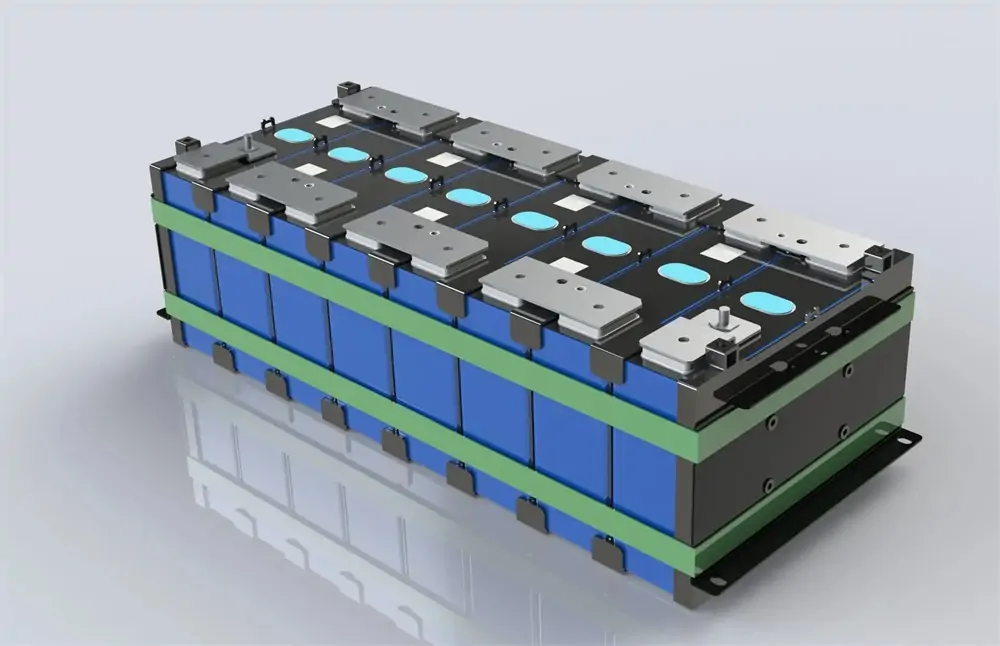1. Introduction
In today's world, where portable electronic devices are an integral part of our lives, the safety of the batteries that power them is of paramount importance. One such battery that has gained prominence for its safety features is the LiFePO4, or Lifepo4 battery. In this article, we'll explore the Lifepo4 battery's safety features, ensuring you have all the information you need to make informed decisions about your power sources.
Imagine having a power source that not only provides reliable energy for your devices but also prioritizes your safety. That's precisely what a Lifepo4 battery does. In this article, we will delve into the fascinating world of Lifepo4 batteries and their remarkable safety features that set them apart from other battery types.
2. What is a Lifepo4 Battery?
Before we dive into the safety features, let's get to know the Lifepo4 battery a little better. Lifepo4 stands for Lithium Iron Phosphate, which is the primary chemical compound used in these batteries. This chemistry is renowned for its stability, making Lifepo4 batteries a secure choice for various applications.
3. The Chemistry Behind Safety
The secret behind the safety of Lifepo4 batteries lies in their unique chemical composition. Unlike some other lithium-ion batteries, Lifepo4 batteries are exceptionally stable, with a reduced risk of thermal runaway. This means they are less likely to overheat or catch fire, even under extreme conditions.
4. Thermal Runaway Prevention
One of the standout features of Lifepo4 batteries is their ability to resist thermal runaway. This phenomenon occurs when a battery overheats, leading to a chain reaction that can result in fire or explosion. Lifepo4 batteries have a significantly higher thermal runaway threshold compared to conventional lithium-ion batteries, providing peace of mind, especially in high-temperature environments.
5. Stable Voltage Output
Lifepo4 batteries offer a stable voltage output throughout their discharge cycle. Unlike other batteries that experience voltage fluctuations as they discharge, Lifepo4 batteries maintain a consistent voltage, ensuring your devices receive a steady and reliable power supply.
6. Built-in Battery Management System (BMS)
To further enhance safety, Lifepo4 batteries come equipped with a Battery Management System (BMS). This system monitors various aspects of the battery's performance, such as temperature and voltage, and ensures they remain within safe limits. If any parameter exceeds the safety threshold, the BMS takes corrective action, reducing the risk of accidents.
7. Long Lifespan
Lifepo4 batteries are known for their impressive lifespan. With a significantly higher number of charge and discharge cycles compared to traditional batteries, they not only reduce the frequency of replacements but also contribute to sustainability by minimizing battery waste.
8. Resistance to Overcharging
Overcharging is a common cause of battery degradation and safety concerns. Lifepo4 batteries have built-in safeguards that prevent overcharging, extending their lifespan and reducing the risk of malfunction.
9. Environmental Friendliness
In an era where environmental consciousness is crucial, Lifepo4 batteries shine. They contain no harmful heavy metals such as cadmium or lead, making them an eco-friendly choice. Additionally, their long lifespan and resistance to overcharging contribute to a reduced environmental footprint.
10. Conclusion
In conclusion, Lifepo4 batteries are a testament to the fusion of cutting-edge technology with safety and sustainability. Their unique chemistry, resistance to thermal runaway, stable voltage output, and built-in Battery Management System make them a trusted choice for various applications. Whether you use them in your electric vehicle or solar energy system, Lifepo4 batteries offer peace of mind and a sustainable power solution.
